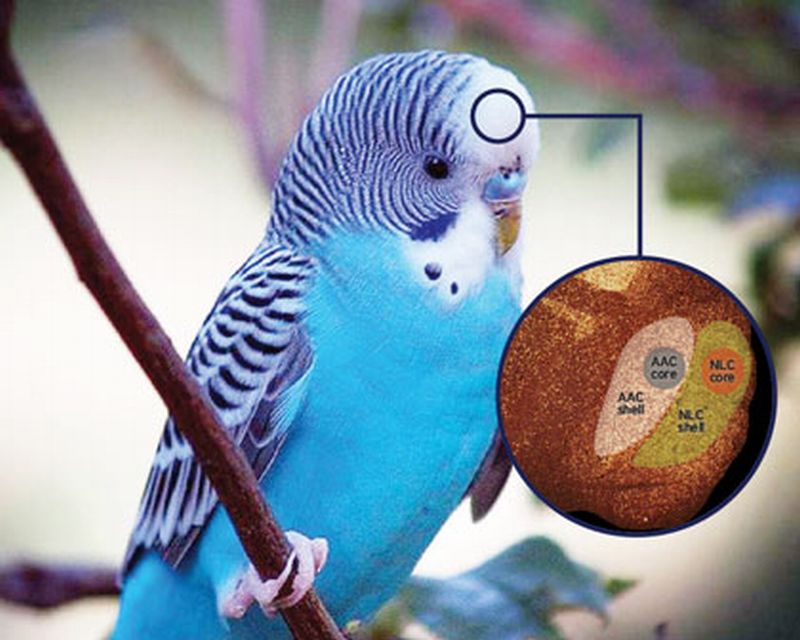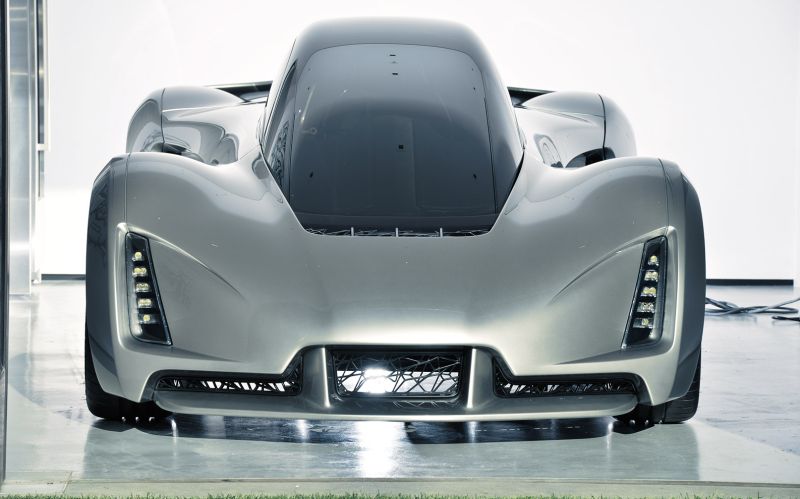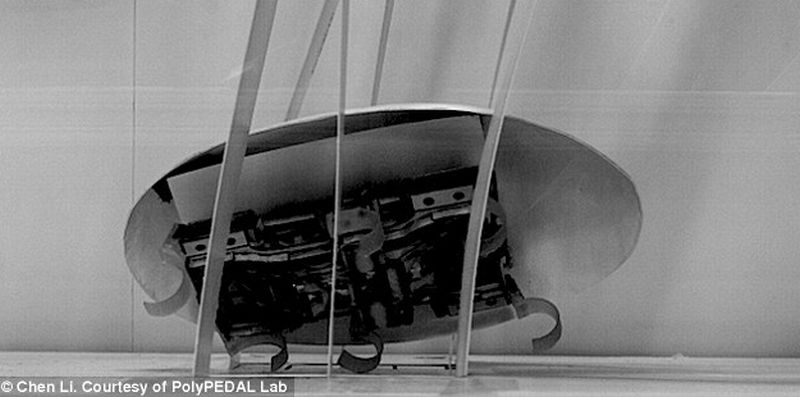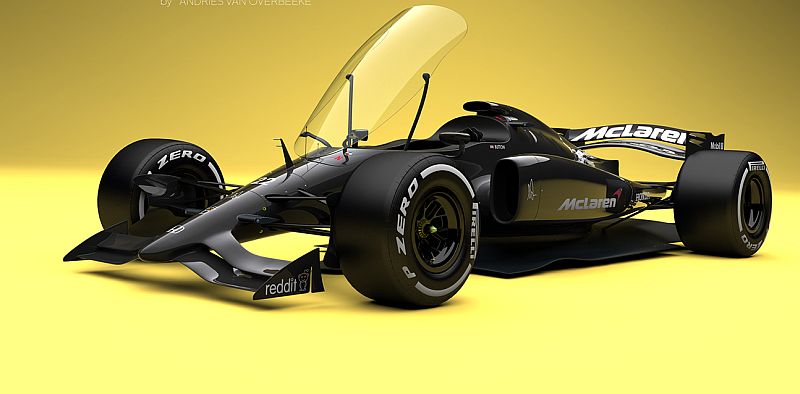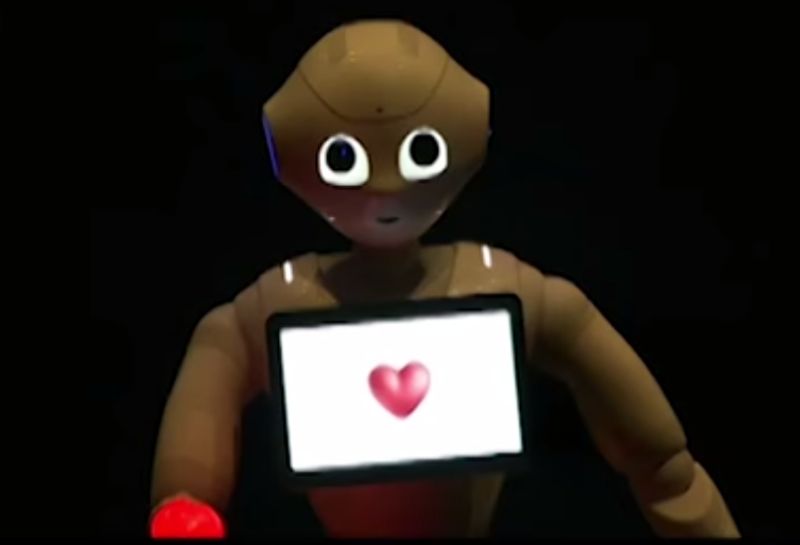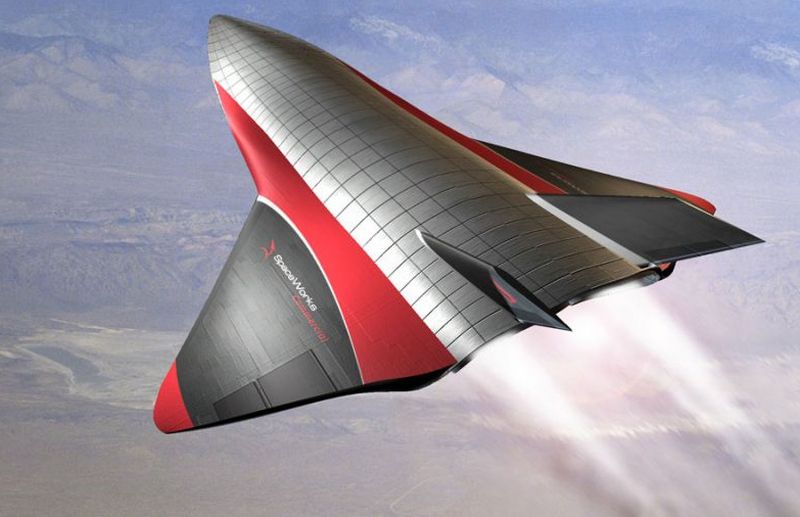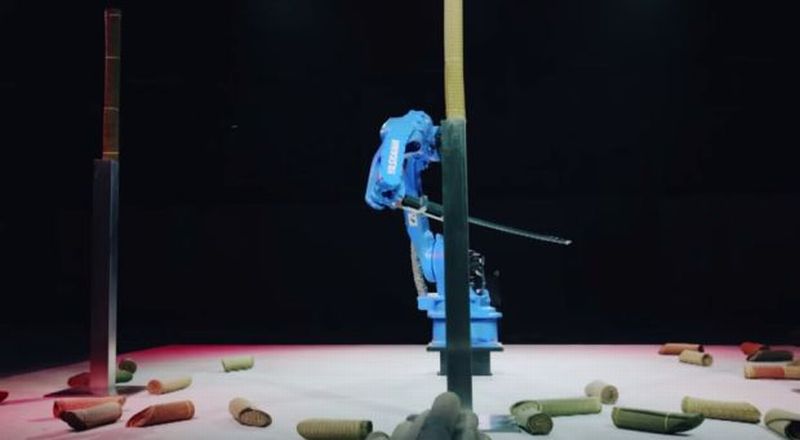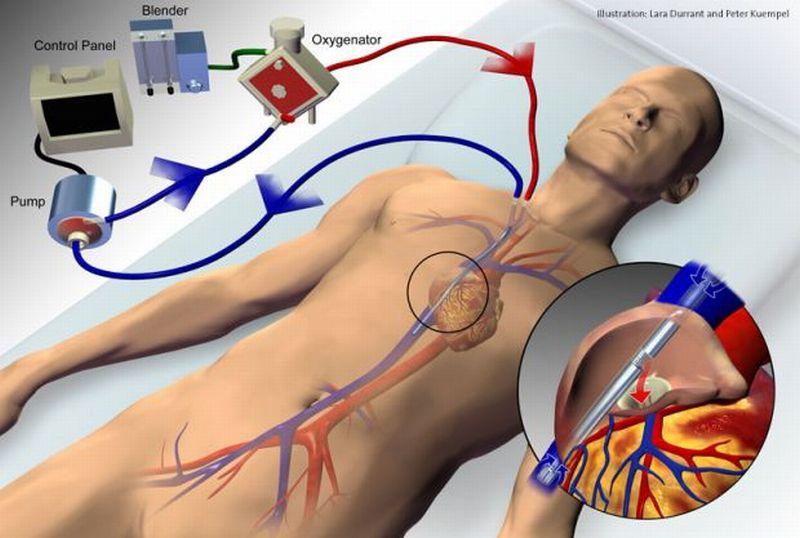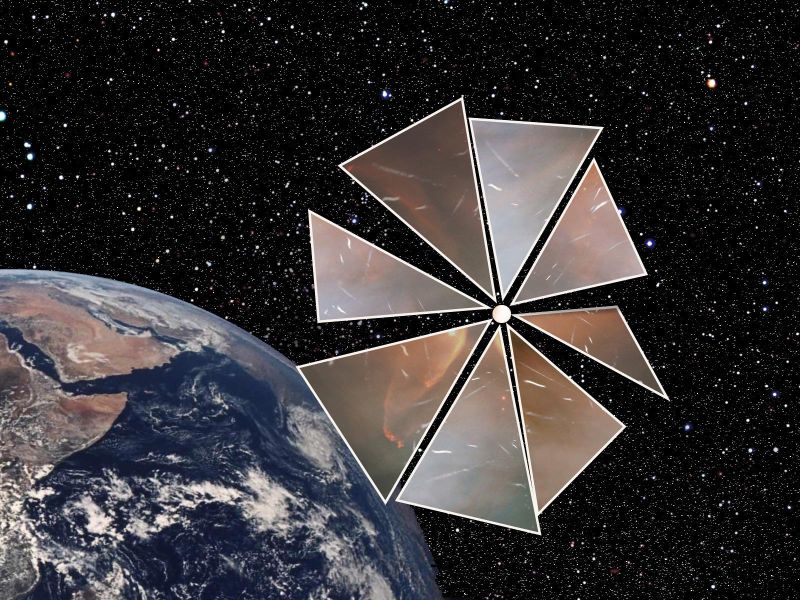In a recent track testing, the Koenigsegg One:1 Megacar smashed 0-300kmh in mere 17.95 seconds thus beating its previous World Record of 21.19 seconds. As per the makers, the car is expected to accelerate faster in the near future.
Read MoreAuthor: Pooja Kashyap
To Kill a Mockingbird by Harper Lee
To Kill a Mockingbird by Harper Lee is one of those books that pose the fundamental question about the being of humanity. The protagonist, Atticus Finch with his strong adherence to ethics and morality rises above the society with the progression of the novel’s plot.
Read MoreKey Structural Differences in Brain leads to Vocal Imitation in Parrots: The Talking Birds
Researchers from Duke University, North Carolina have revealed the presence of key structural differences in the brain of parrots that leads them to ‘talk’ than the other birds. The discovery might also give some understanding into the neural mechanisms especially the neural circuits of human speech.
Read MoreAutomobile Manufacturing Platform: 3D Printed Supercar built from Unique Node System (w/ Video)
San Francisco based Divergent Microfactories has unleashed an innovative technique for revolutionizing automobile manufacturing. They have incorporated 3D printing with an aim of lessening pollution, minimum resources and lighter costs associated with building autos and other huge complex structures.
Read MoreCockroach Robot: Uses Body Shape for traversing Cluttered Environment (w/ Video)
Researchers at University of California, Berkeley have designed a robot that is based on cockroach. Team envisions that the concept would inspire future robot designs so that the body shape might be used for tracking environment including exploration and rescue operations.
Read MoreConvertible SUV coming from Mercedes: Luxury Convertibles
After expanding an array of crossover and SUV lineup, Mercedes is trying its hand on convertible too. According to Wolf-Dieter Kurz, Mercedes’ chief, although convertible has lesser market chunk with respect to SUV portfolio yet they would like to go ahead with convertible SUV. They are positive as far as their new line of automobile is concerned, even a slim yet targeted market is enough for the sporty beast, claimed the boss.
Read MoreControlling Lightning Bolts with Laser Beams: Protection against Lightning Strikes
An interesting research has come up where scientists have attempted in controlling lightning with lasers. Huge architectural monuments and buildings (both residential and office) till now have been protected via lightning rods, which assured the predictability of bolts striking at one place, however, the pattern for route taken still remained an unsolved issue.
Read MoreMcLaren-Honda Formula 1 Concept Designs by Andries van Overbeeke: Futuristic Racing Cars
In an attempt to tame the wild spirit of motor racing in terms of making the event safer relatively, Dutch designer Andries van Overbeeke has come up with new and stunning designs for futuristic racing cars.
Read MorePepper Robot for Sale: World’s First Personal Bot the Reads Emotions
Softbank’s Pepper robot will be hitting stores by 20th of June that is coming Saturday. The robot is furnished with heart like designed that not only helps in identifying human emotions but reacting with simulations of anger, joy and irritation.
Read MoreTesla Powerwall: Energy Storage System for a Sustainable Home
Elon Musk aka Tony Stark of the real life leave no stone unturned when it comes to denting the universe. He concretizes stuff which we can only dream off. His idea of privatizing space travel with Space X, revolutionizing conventional automobile mechanics by introducing electric cars via Tesla motors, his unconventional open tube transport system, the Hyperloop are not the ‘only’ examples of his unlimited desire for uplifting the future of humanity. He has now come up with an energy storage system for home users, called the Powerwall.
Read MoreHypersonic Air Vehicle soon to be a Reality: Supersonic Transportation
Scientists at the AFRL (Air Force Research Laboratory) in collaboration with the Pentagon’s research arm are working towards building an innovative hypersonic air vehicle. As the concept suggests, the team aims it touch up to Mach 5’s speed while transporting guidance systems and other materials.
Read MoreMotoman MH24 competes with Isao Machii: Industrial Robot versus Sword Master (w/ Video)
Yaskawa Electric Corporation has unleashed Motoman MH24, a 6-axis high-speed robot that shows impeccable range of applications in handling and machine tending. In Yaskawa challenge, the bot competed with Isao Machii, the world-famous sword master and displayed its kills around bamboo poles.
Read MoreMicrofluidic device that mimics the actual Biological System: Alternative to Lung Ventilators
Technology that would help in fabricating vital characteristics of lung structures would lead to safer and promising alternative to specific types of respiratory and cardiac machines used for treating patients whose lungs have failed to respond due to disease or injury.
Read MoreOrigami Robot: Fold, Walks, Swim and Degrades Autonomously
Researchers from CS & AI at MIT in collaboration with Technische Universitat, Germany have created a self-folding bot based on Japanese concept of folding paper into decorative shapes and figures called origami. The tiny bot fold, walks, swim and degrades autonomously.
Read MoreRocket that doesn’t require any Fuel: Graphene-powered Spacecraft
Amongst all the amazing properties of graphene, morphing light into action is best of all. Serendipitous discovery of the material had surfaced its remarkable properties like robustness along with high electric and head conduction in flat structure. Yongsheng Chen at Nankai University in Tianjin, China along with his team has been working on to see if the same effect could also be seen on the bigger lattice arrangements of carbon.
Read More


